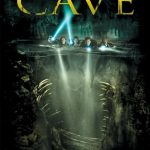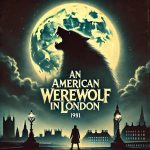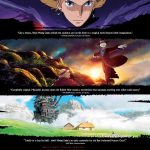Winnie the Pooh (2011)
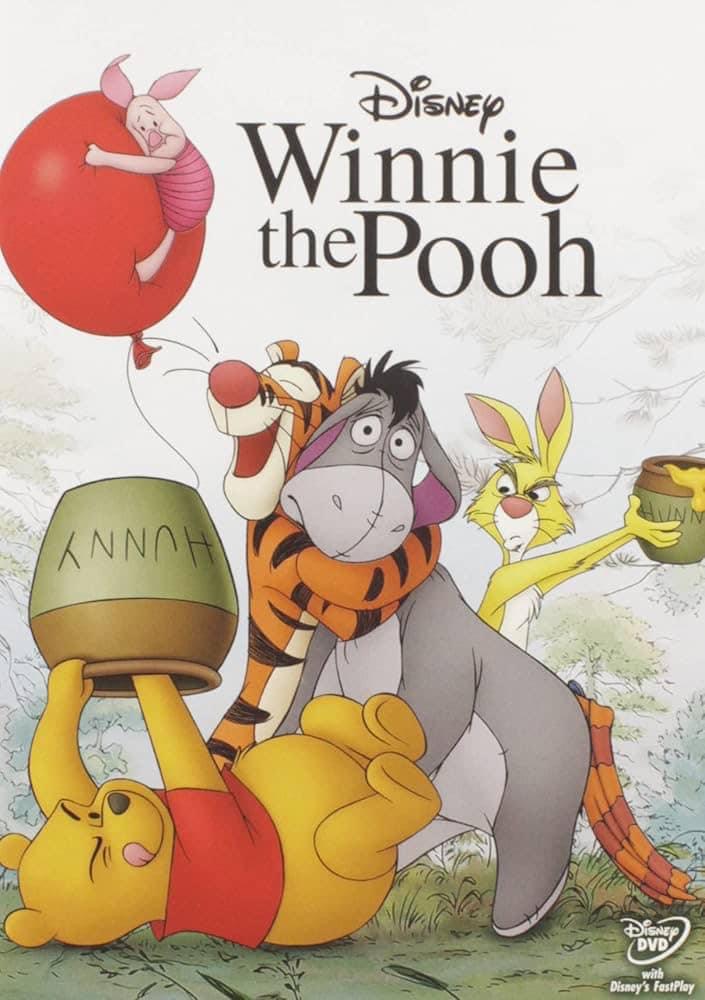
Winnie the Pooh (2011) is a delightful return to the simple, heartfelt storytelling that made A.A. Milne’s classic children’s stories timeless. Directed by Stephen J. Anderson and Don Hall, this film marks a significant step in Disney’s effort to recapture the charm of traditional hand-drawn animation, reminiscent of the original animated adaptations from the 1960s. Rather than the CGI-heavy, fast-paced, action-oriented features often seen in contemporary animation, Winnie the Pooh (2011) embraces a slower, more contemplative tone that’s deeply rooted in the quiet joy of its characters’ simple lives.
Suggested videos for you:
Plot Overview:
The film’s plot is refreshingly simple and follows a day in the life of the residents of the Hundred Acre Wood. The story begins with Winnie the Pooh, voiced by Jim Cummings, searching for honey. As he attempts to satisfy his hunger, his friend Eeyore (voiced by Bud Luckey) is feeling down because his tail is missing. Pooh and his friends—Tigger, Piglet, Rabbit, Owl, and Christopher Robin—embark on an adventure to find a replacement tail for Eeyore. Along the way, they interpret a cryptic note, which they believe is from the mysterious “Heffalump,” and they end up on a quest to capture this creature in hopes of solving the mystery and rescuing their friend.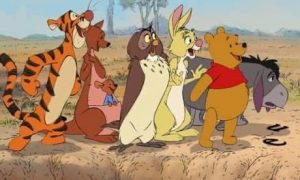
Themes:
At its core, Winnie the Pooh (2011) is about the beauty of friendship, helping others, and finding joy in life’s simple pleasures. The film’s themes reflect the innocence and sweetness of the original stories. It gently reminds viewers of the value of loyalty, empathy, and the power of teamwork. Pooh and his friends, despite their various quirks, come together to solve problems and support one another, not out of a sense of obligation, but because of their deep care for each other. The search for Eeyore’s tail becomes symbolic of the way these characters give selflessly and always have each other’s backs, no matter how small the task might seem.
Moreover, the film explores the idea of miscommunication and misunderstanding, as the characters frequently misinterpret each other’s intentions, yet this leads to no real conflict. Instead, these light misunderstandings create the film’s most humorous moments, reminding the audience of the innocence and joy that comes from such moments of confusion.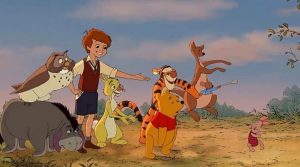
Animation Style:
One of the standout features of Winnie the Pooh (2011) is its animation. In an era where digital animation dominates, the film’s return to 2D hand-drawn animation is a breath of fresh air. The visual style of the movie has a watercolor, storybook quality that feels like it was pulled straight from the pages of Milne’s original books. The characters are drawn with a lightness and fluidity that matches their personalities—Pooh’s round, soft shape, Tigger’s bouncy movements, and Eeyore’s downtrodden posture are beautifully expressed through traditional techniques.
The backgrounds are lush and textured, filled with vibrant colors and intricate details that make the Hundred Acre Wood come alive in a way that is both nostalgic and fresh. The use of soft, muted colors gives the film a peaceful, calming atmosphere, perfect for the gentle pace of the story. The characters’ movements are fluid, and the expressive animation captures their emotional depth without overwhelming the viewer with flashy visuals or rapid action.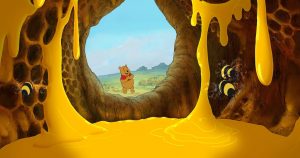
Characters and Voice Acting:
The heart of the movie lies in its characters, who are as lovable and endearing as ever. Jim Cummings, who has voiced both Pooh and Tigger for years, brings a warm, familiar tone to both characters. Pooh is as sweet and simple as always, with his childlike innocence and his never-ending search for honey, while Tigger is his bouncy, exuberant counterpart. Cummings perfectly captures the spirit of the characters, making them feel both timeless and full of life.
The rest of the voice cast is equally strong, with standout performances from the likes of Bud Luckey as Eeyore, whose deep melancholy adds a touch of humor to the film, and Craig Ferguson as Owl, whose comic misunderstandings provide plenty of lighthearted moments. The supporting characters each have their own distinct personalities, and the voice actors bring them to life with the right amount of charm and humor.
The presence of Christopher Robin, voiced by a child actor, brings an additional layer of warmth to the film. His role is less prominent than in earlier adaptations, but he still serves as a reassuring figure to the other characters, providing guidance and understanding in the simplest, most unassuming way.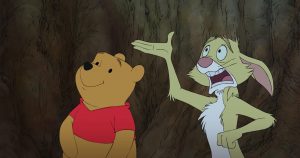
Music and Songs:
The music in Winnie the Pooh (2011) plays a pivotal role in setting the tone for the movie. The score by Henry Jackman is full of light, whimsical melodies that evoke the world of the Hundred Acre Wood. The songs, written by Robert Lopez and Kristen Anderson-Lopez (the duo behind Frozen), are some of the most memorable aspects of the film.
The song “Everything is Honey” is an upbeat and catchy number sung by Pooh as he daydreams about honey. It captures the character’s pure joy and simple pleasures in a fun, sing-along style. There are also several other short musical numbers throughout the film, all of which enhance the story’s gentle pace without ever feeling out of place. The music perfectly complements the overall theme of the movie: celebrating the small things in life and finding happiness in the moment.
Length and Pacing:
At just 63 minutes long, Winnie the Pooh (2011) is a quick watch, which, in this case, is a virtue. The film never overstays its welcome and is perfectly suited for younger audiences who may have shorter attention spans. The pacing is slow and deliberate, allowing for moments of reflection and emotional connection between the characters. It’s a rare movie where the absence of urgency feels completely natural, as the film’s gentle nature encourages audiences to take their time and enjoy the small, quiet moments that make up the characters’ lives.
Conclusion:
Ultimately, Winnie the Pooh (2011) is a delightful return to the heart of Disney’s classic storytelling, offering a refreshing break from the louder, more bombastic animated films that dominate the industry today. Its simplicity, both in its narrative and animation, creates an experience that is at once timeless and deeply comforting. The film is a beautiful tribute to the original works of A.A. Milne, and its gentle approach to themes of friendship, empathy, and joy ensures that it resonates with both children and adults.
For fans of the original books and anyone looking for a heartwarming, nostalgic journey back to the Hundred Acre Wood, Winnie the Pooh (2011) is an absolute must-watch. It’s a film that celebrates the beauty of life’s simple pleasures and reminds us of the importance of love, kindness, and togetherness—lessons that are as valuable today as they were when Milne first wrote them.
